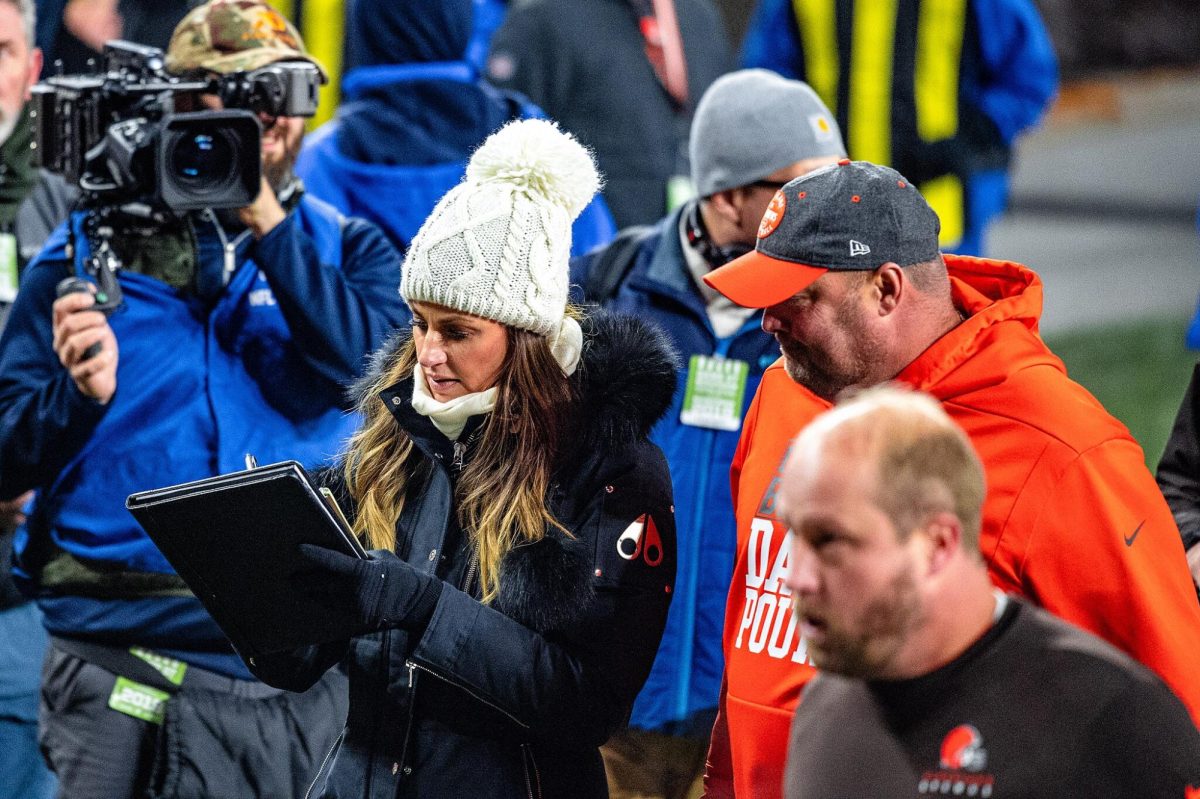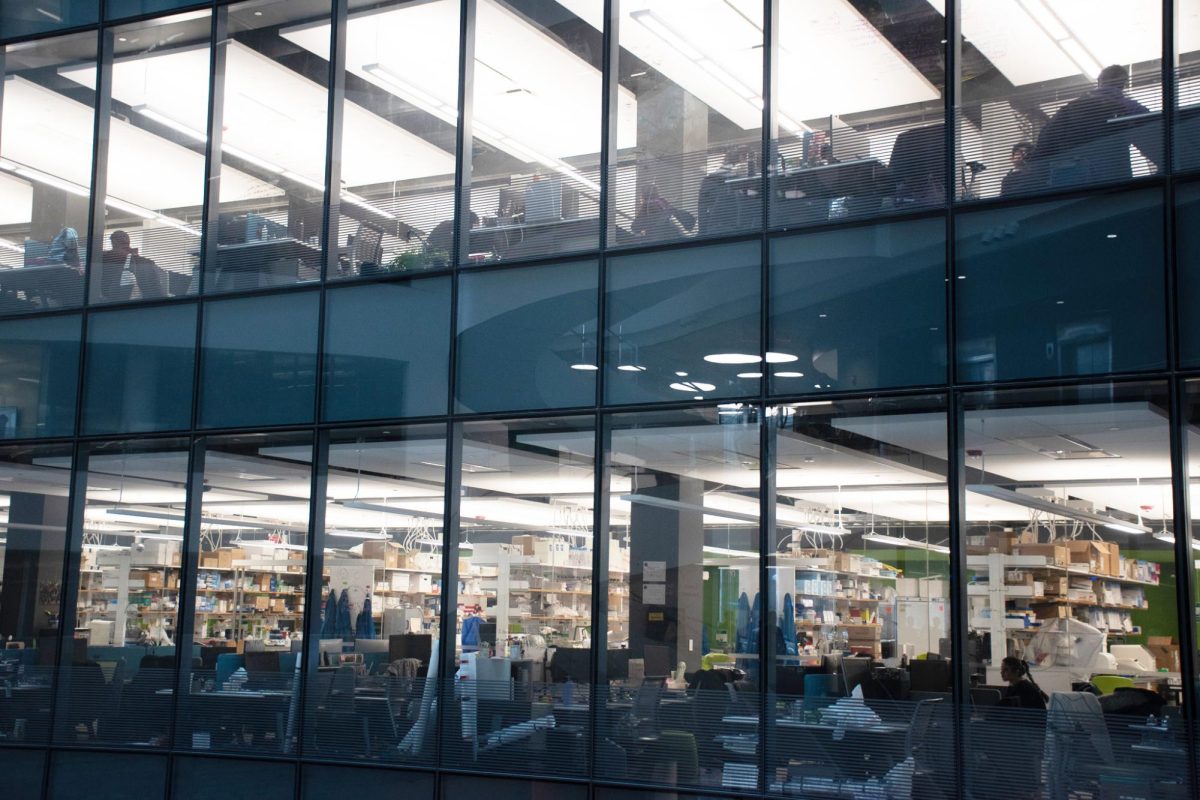By Gwen Schanker, editorial columnist
As a person who prides herself on having a strong vocabulary, I have always had a particular interest in unusual adjectives. Some of my favorites include pompous, effervescent and volatile. In the past three years of my college career, the term interdisciplinary has loomed large, particularly since my studies combine two very different disciplines: Biology and communications.
However, the past six months working in communications at Woods Hole Oceanographic Institution (WHOI) have introduced me to a type of interdisciplinary work beyond what I have experienced so far. In addition to covering projects that involve collaboration between various departments of the institution – biology and chemistry, for instance – I recently had the opportunity to participate in a scientific cruise aboard the R/V Neil Armstrong, WHOI’s newest research vessel.
The cruise was meant to service parts of the National Science Foundation’s Ocean Observatories Initiative (OOI), a global endeavor in which WHOI has an integral role. The main purpose of the trip I was on, and several others that came before it, was to recover oceanographic instruments that had been strategically placed in different areas of the open ocean – in this case, a region spanning the continental shelf about 60 miles south of Martha’s Vineyard – and to deploy replacements that would continue to collect oceanographic data while the other instruments were repaired. The goal is to obtain a long-term time series of data from these instruments (think giant buoys and small underwater vehicles) that will be publicly accessible to scientists all over the world.
While onboard the ship, I wrote a blog post that likened this process of recovery and deployment to a theatrical production, where everyone had their own role, from scientists to engineers to technicians to crew members, and I, mainly there to document what was happening, was a member of the audience. Since returning, I’ve realized that this analogy not only captures the spectacle of what I was seeing – it was certainly interesting to watch the ship’s deck team lift a 10,000-pound buoy into the water – but also the significance of the interdisciplinary effort behind it. It’s one thing to combine biology and chemistry backgrounds to answer a single scientific question, but living and working on a research vessel involves the collaboration of several distinct groups of people, each of whom is essential to the resolution of the project.
Who are these groups? There are the scientists and engineers who worked together to develop this instrumentation, and the experts who weighed in on the locations where the most useful and versatile data could be collected: For instance, the region off Martha’s Vineyard is located at the boundary of the continental shelf, where coastal and offshore waters mix with one another. There are also those who work to maintain the technology and assist in the deployment of the moorings into the ocean. Beyond that, there is the ship crew, who, led by the captain, combine the ship’s navigational technology with the science team’s instrumentation to ensure that the science process goes as seamlessly as possible.
This particular group of navigators, engineers and technicians are what make the ship work, and therefore what make oceanographic research possible. In the case of the OOI, the final players will be the scientists – biologists, chemists, and physicists of all ages – who utilize the data to develop and hopefully answer their research questions. But none of that can happen without the collaboration of all of these people, each with a unique background and set of skills. For me, that’s the real meaning of interdisciplinary.





















